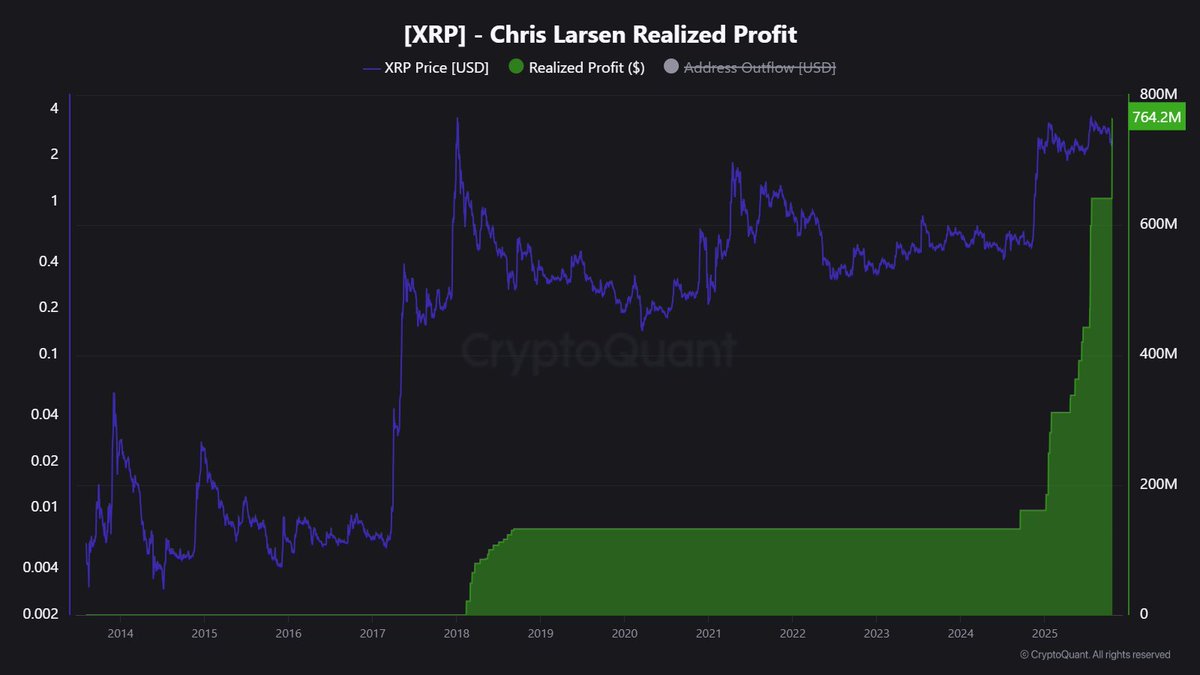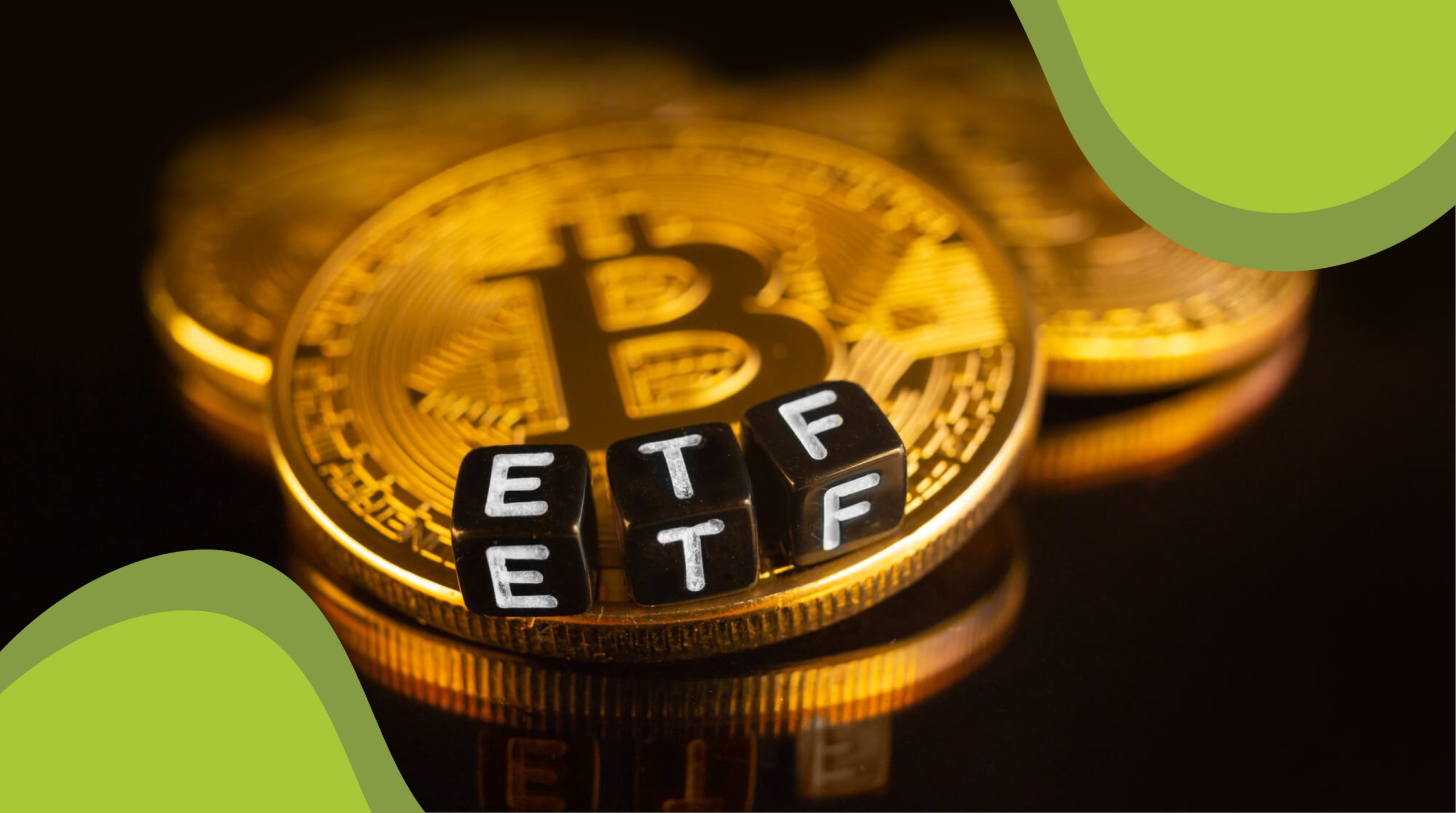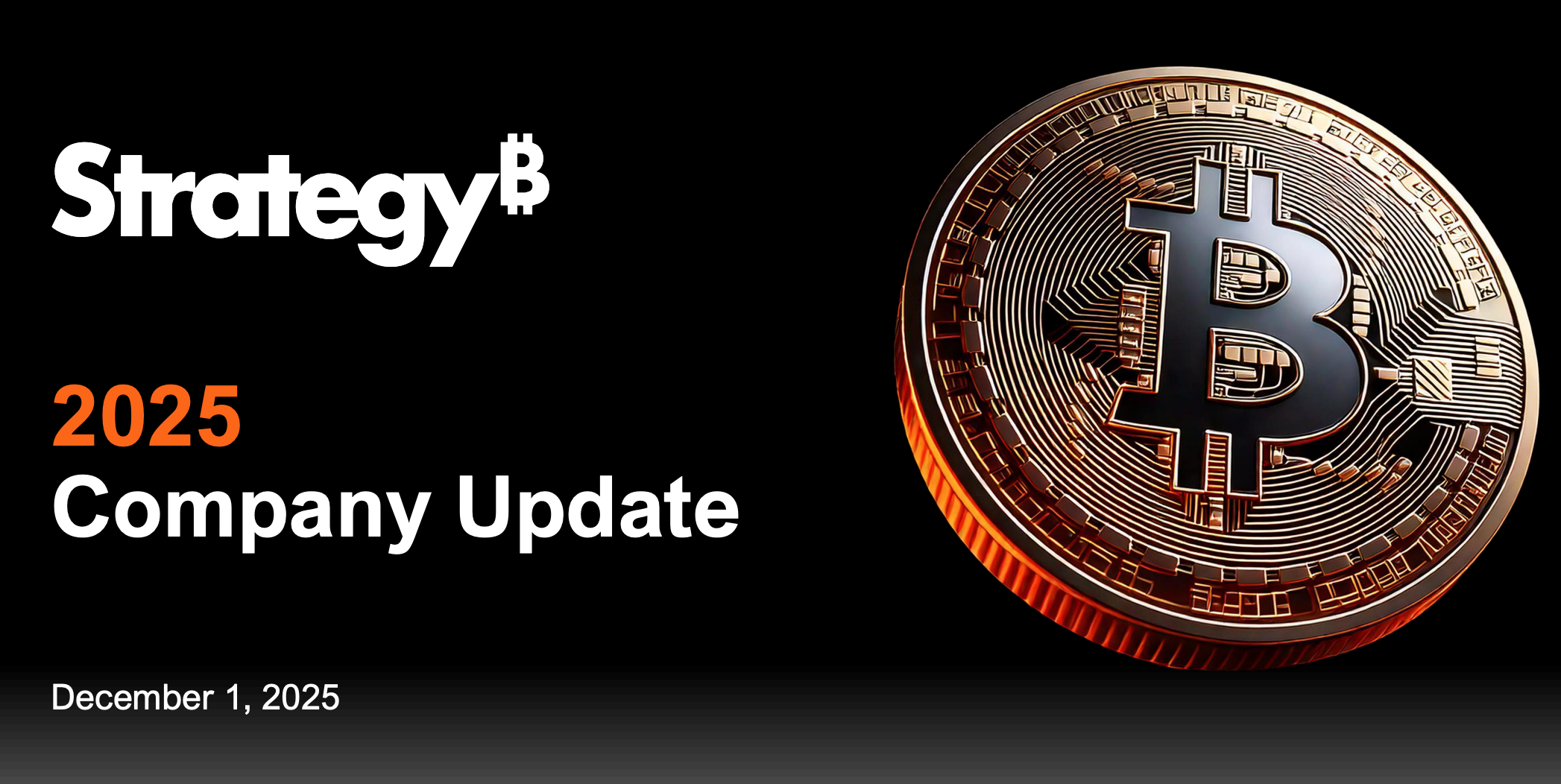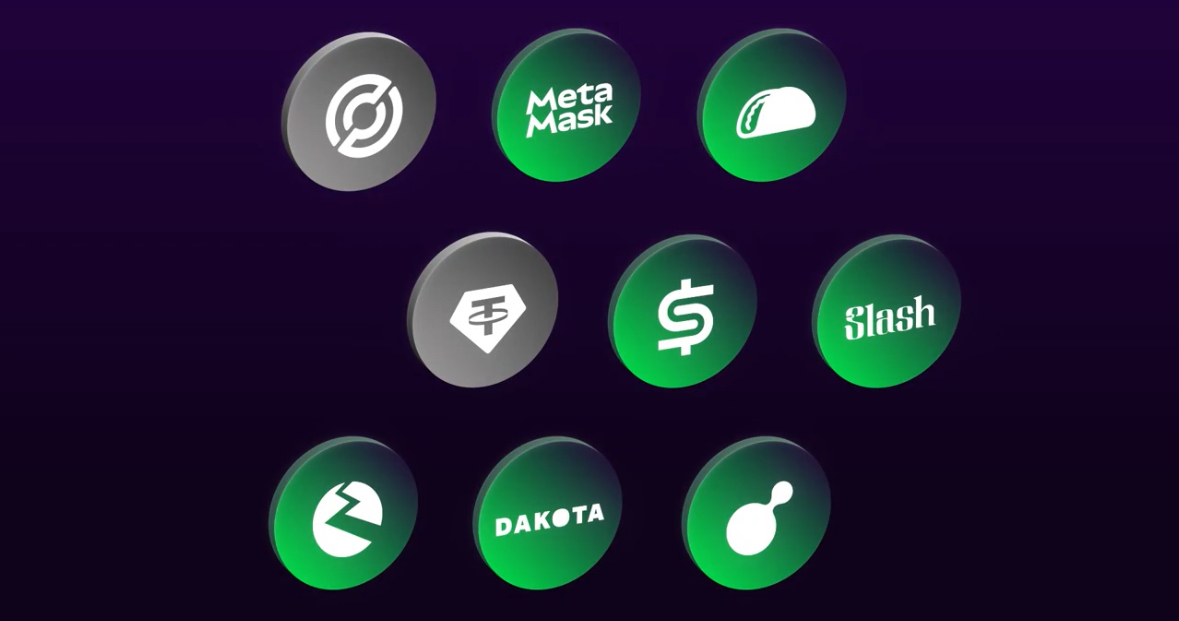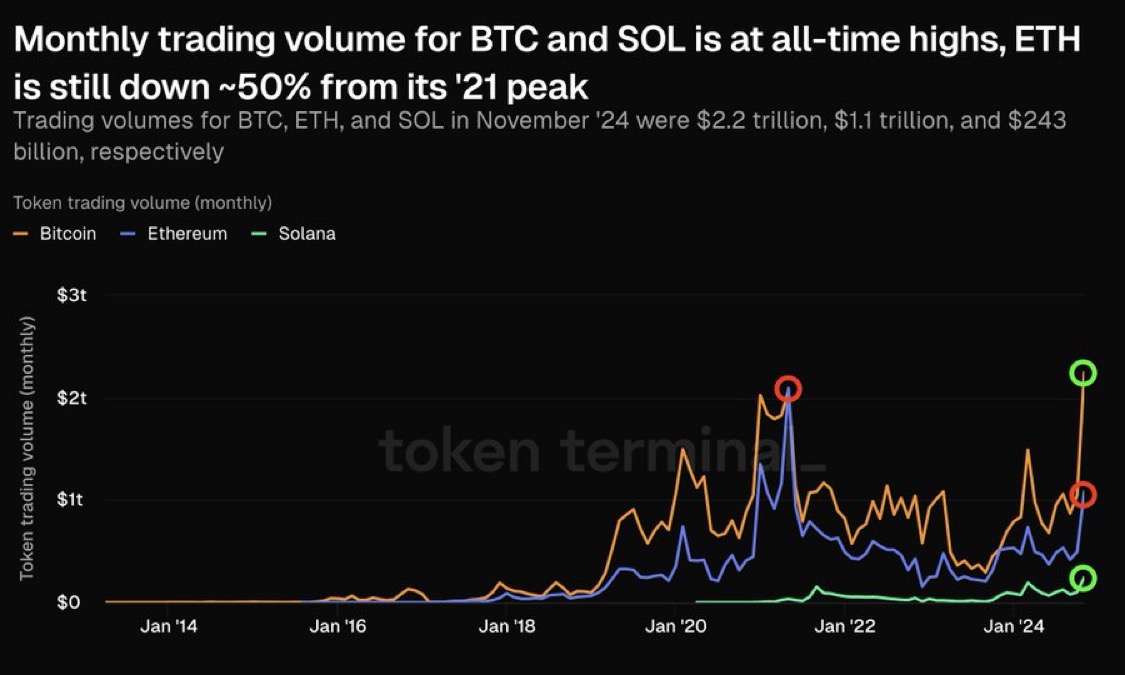Active profit-taking by Ripple Labs co-founder Chris Larsen has once again stirred debate among investors and analysts. Experts believe that Larsen’s long-term XRP sales are becoming a destabilizing factor for the market and may put further pressure on the token’s value in the coming months.
Seven Years of Sales: $764 Million in Realized Profit
According to CryptoQuant analyst Maartunn, Chris Larsen’s total realized profit from selling XRP over the past seven years has reached approximately $764.2 million. The analyst notes that these sales have consistently occurred near local price peaks, adding volatility to the market.
At press time, XRP is trading around $2.30, down 34% from its July high of $3.66. Some investors attribute part of this correction to Larsen’s repeated large-scale transfers of XRP to exchanges.
Recent Transactions Hint at Renewed Selling Pressure
On October 20, Maartunn highlighted a 50 million XRP transfer — worth about $120 million at current rates — suggesting it could precede another wave of selling. On that same day, the token’s price briefly reached $2.53.
Larsen later clarified that the transaction was linked to an investment in Evernorth’s treasury, a fund focused on Web3 infrastructure projects.
Still, Maartunn emphasized that this case was “an exception rather than the rule,” adding:
“Larsen has a well-established habit of exiting positions near local market tops. His transactions often coincide with cycle peaks.”
A Pattern of Selling Near Market Peaks
Another analyst, Coby Vu, compiled a detailed breakdown of Larsen’s capital movements in recent years, revealing a clear pattern of profit-taking at price highs:
| Year | XRP Sold | Average Price | Approx. Revenue | Notes |
|---|---|---|---|---|
| 2018 | 200 million | ~$3.84 | ~$500 million | Sold near the 2018 all-time high |
| 2021 | 500 million | ~$1.96 | ~$1 billion | Sales during the post-bull-run rally |
| 2025 | 50 million | ~$2.50 | ~$120 million | Transfer to Evernorth treasury |
Analysts estimate that Larsen still holds about 2.5 billion XRP, roughly 8% of the total supply. Notably, nearly 80% of his realized profits come from sales executed within 10% of market peaks.
Experts say this reflects a long-term “controlled liquidity” strategy — but one that also poses short-term risks for traders.
Reputation Risks and Community Reaction
Larsen’s actions have repeatedly drawn criticism. In July, he transferred $140 million worth of XRP to Coinbase, just as the token hit an all-time high — a move many saw as a “dump signal.”
Within the XRP community, concerns persist about the transparency of large-holder activity and its potential impact on market stability. Some investors argue that such consistent sales undermine confidence in the asset and suppress its growth.
Further unease came in October, when blockchain investigator ZachXBT exposed a scam that drained $3 million in XRP from an inexperienced user’s wallet. Although unrelated to Larsen, the case reignited discussion about the need for stronger oversight of large token movements within the XRP ecosystem.
Context: Larsen’s Role in Ripple and Market Influence
Chris Larsen remains a central figure in the blockchain industry. As co-founder of Ripple Labs in 2012, he helped pioneer cross-border payment solutions using distributed ledger technology.
Yet his position as one of the largest individual XRP holders has long been controversial. To some, Larsen represents early-stage success and strategic leadership; to others, he is a source of recurring downward pressure on the token.
While many analysts interpret his actions as portfolio diversification typical of early investors, the market tends to read such large movements as sell signals, especially in volatile periods.
What’s Next for XRP
Despite persistent volatility, XRP remains among the top-ten cryptocurrencies by market capitalization. Analysts warn, however, that any new large-scale transfers from Larsen-linked wallets could trigger short-term sell-offs.
Maartunn notes that XRP “remains highly sensitive to executive activity,” particularly when prices approach local highs.
At the same time, long-term investors still see upside potential — driven by growing adoption of RippleNet’s payment infrastructure by banks and financial institutions.
Bottom Line
Chris Larsen’s systematic profit-taking from XRP is more than an individual investment strategy — it’s a structural factor shaping market sentiment toward Ripple.
As long as Larsen retains a major share of XRP holdings, his actions will remain under close scrutiny. And while he insists his focus is on the ecosystem’s growth, the market continues to interpret every move from the co-founder’s wallets as a possible precursor to another price correction.
